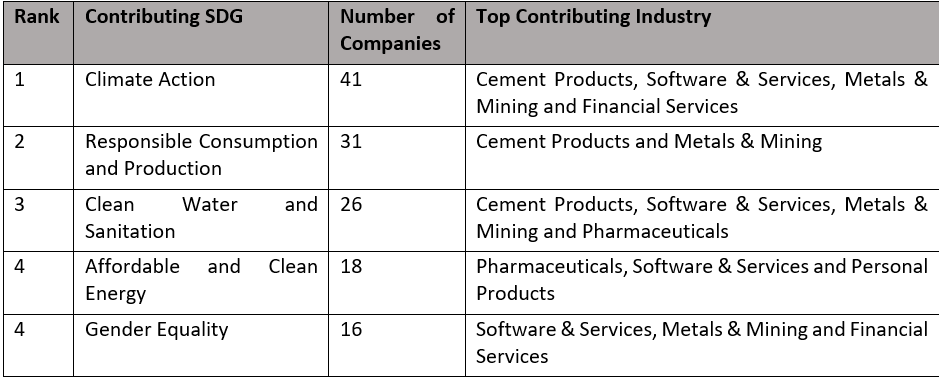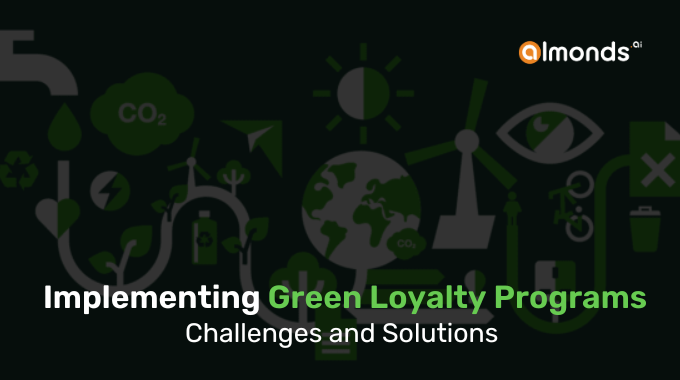In the evolving landscape of customer loyalty programs, 2023 brings transformative trends crucial for businesses navigating economic uncertainties. An impressive 88.5% of brands trust loyalty and rewards programs as a strategic lifeline, particularly through emerging trends like strategic partnerships.
Additionally, with 67.7% planning increased investments in customer retention, loyalty initiatives such as card linking gain prominence, offering not just data insights but strategic positioning for businesses. These facts underscore the pivotal role loyalty programs play in business strategy during times of uncertainty, setting the stage for a deeper exploration of their impact in the dynamic years ahead.
1. Strategic Partnerships/Partner Rewards: Collaborative Loyalty Experiences
A notable trend gaining momentum in 2023 is the strategic collaboration between brands or companies to create unique and compelling loyalty experiences. This approach involves forming partnerships that go beyond the conventional, offering customers rewards that extend across a network of diverse brands. This trend not only broadens the appeal of loyalty programs but also enhances the overall customer experience by providing exclusive and diverse benefits.
2. Card Linking: Unleashing the Power of Customer Data
The focus on gathering rich customer data has become a central theme in loyalty program trends. Card linking, in particular, has emerged as a powerful tool for collecting comprehensive customer information. Despite its potential, the adoption of card linking faces challenges, especially in the technical implementation. Overcoming these hurdles will be crucial in unlocking the full potential of this trend, allowing businesses to personalize their loyalty offerings based on a deep understanding of individual customer preferences and behaviors.
3. Experience-based Rewards and Gamification: A Paradigm Shift
The next 2-3 years are expected to witness a significant shift toward experience-based rewards and gamification strategies in loyalty programs. Customers are increasingly seeking not just material rewards but memorable experiences. These incorporate gamified elements, such as challenges, competitions, and interactive features, are likely to capture the attention and loyalty of a more engaged customer base. This trend reflects a broader movement toward making loyalty programs more interactive, enjoyable, and aligned with the evolving preferences of modern consumers.
4. Predictive Analytics: Shaping the Future of Loyalty Programs
Harnessing the power of data, predictive analytics is set to play a pivotal role in shaping the future of loyalty programs. By analyzing customer behavior and preferences, businesses can anticipate future needs and tailor their rewards accordingly. This forward-looking approach not only enhances the relevance of loyalty programs but also enables businesses to stay ahead in a rapidly changing market. As the technology supporting predictive analytics continues to advance, its integration into loyalty programs will likely become more seamless and effective.
5. ESG (Environmental, Social, and Governance) Factors: A New Dimension in Loyalty Programs
A growing trend in loyalty programs involves the integration of Environmental, Social, and Governance (ESG) factors. Companies are increasingly recognizing the importance of incorporating sustainability and social responsibility into their loyalty initiatives. Loyalty programs that align with ESG values not only resonate with socially conscious consumers but also contribute to a positive brand image. As customers become more environmentally and socially aware, loyalty programs that reflect these values are likely to stand out and drive customer retention.
In conclusion, the loyalty program landscape of 2023 has set the stage for a transformative year ahead. The trends of strategic partnerships, card linking, experience-based rewards, predictive analytics, and ESG factors are poised to redefine the way businesses approach customer loyalty. As we move into 2024, organizations that embrace these trends and adapt their loyalty programs accordingly will be well-positioned to not only retain existing customers but also attract new ones in an increasingly competitive market.











